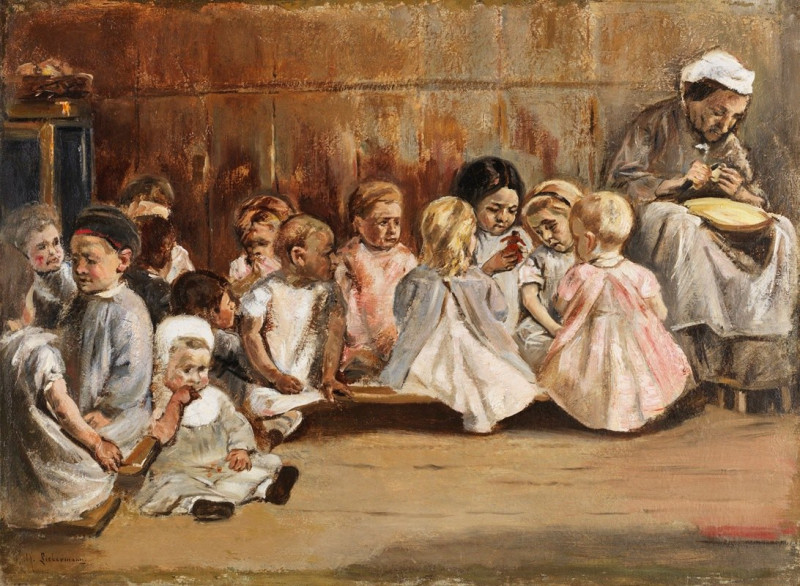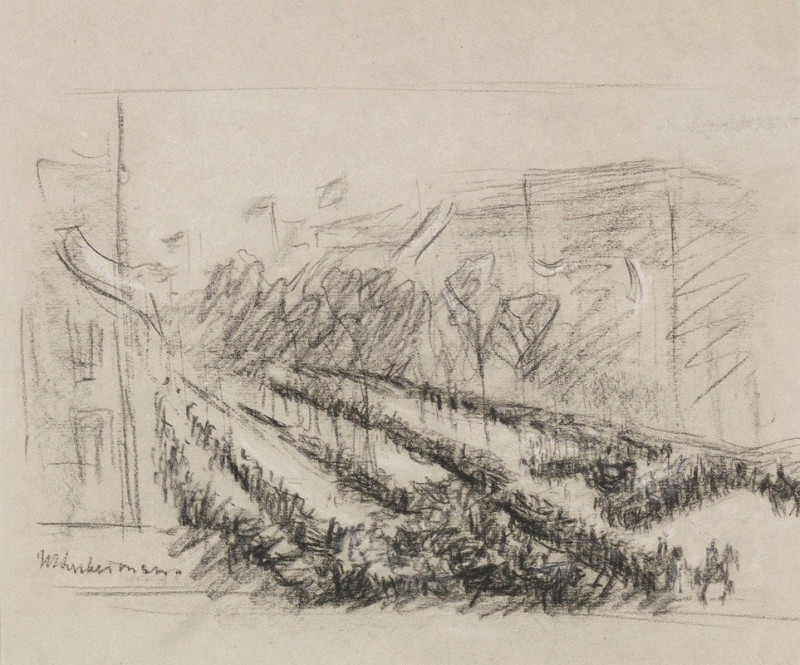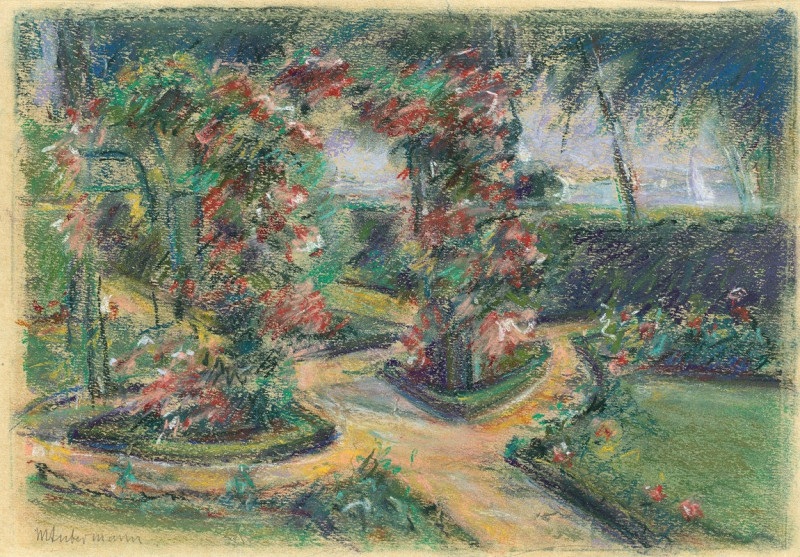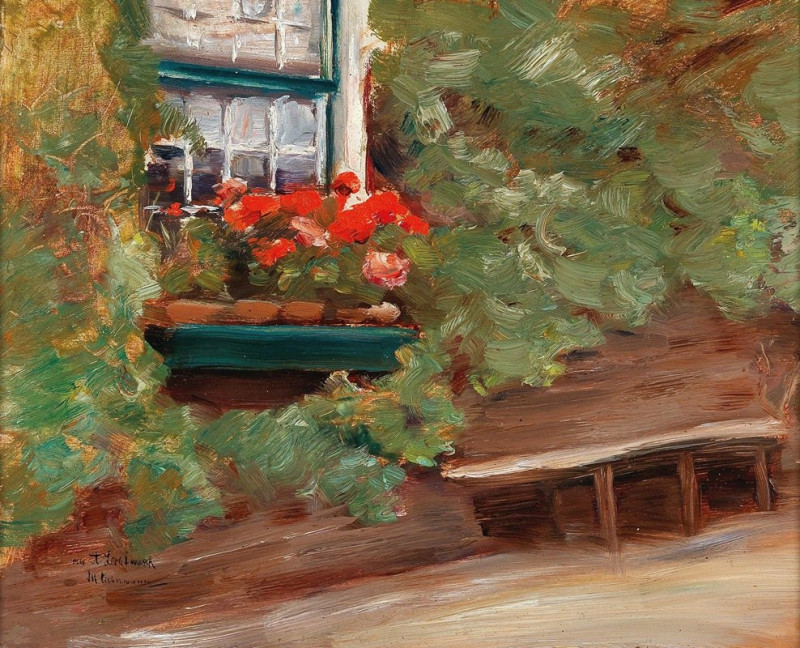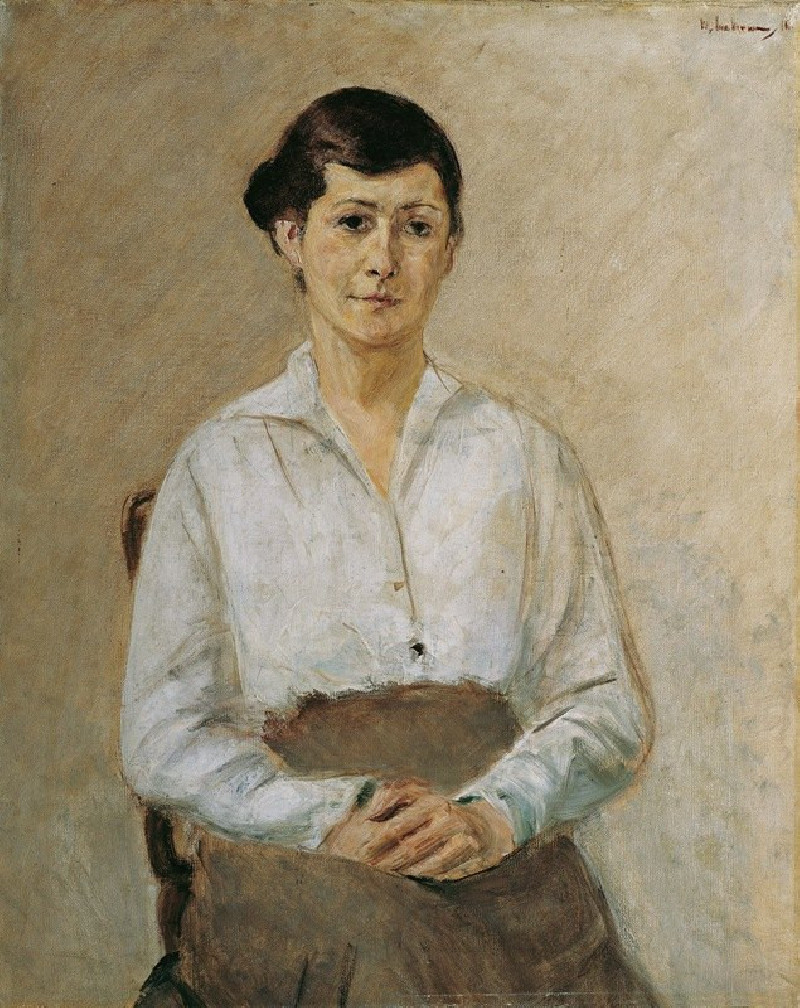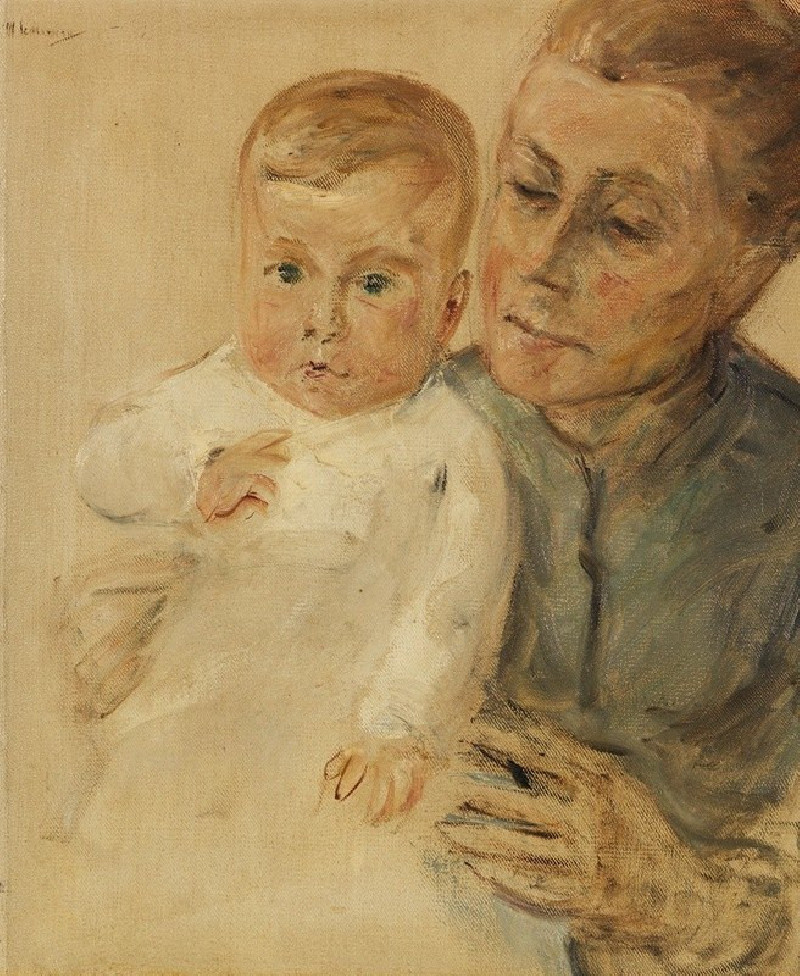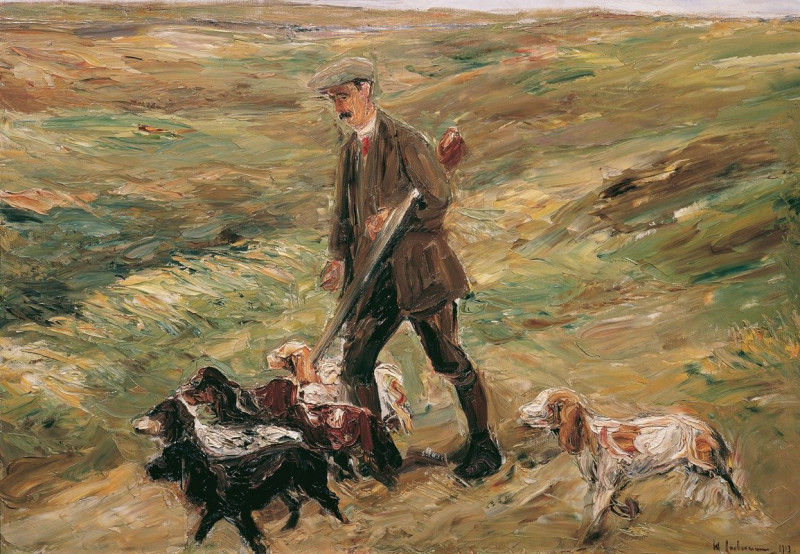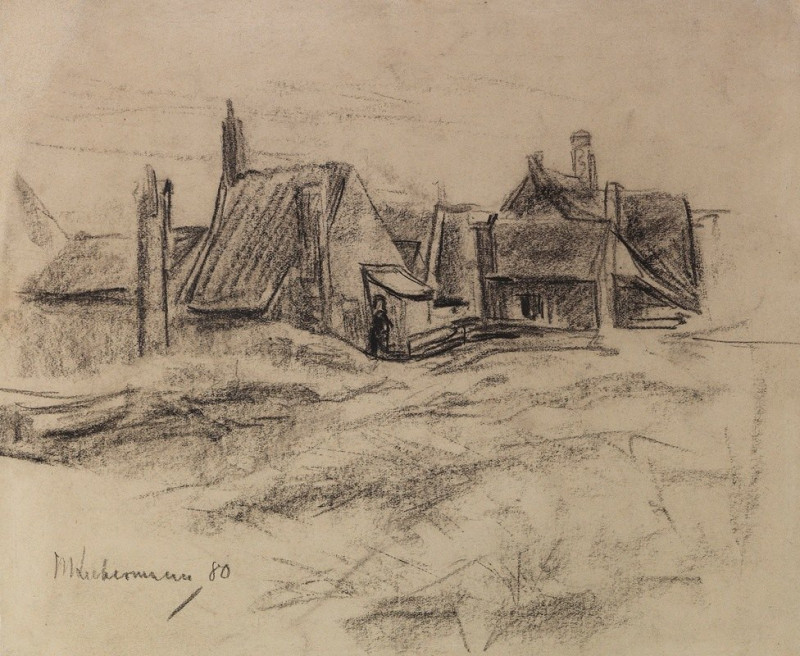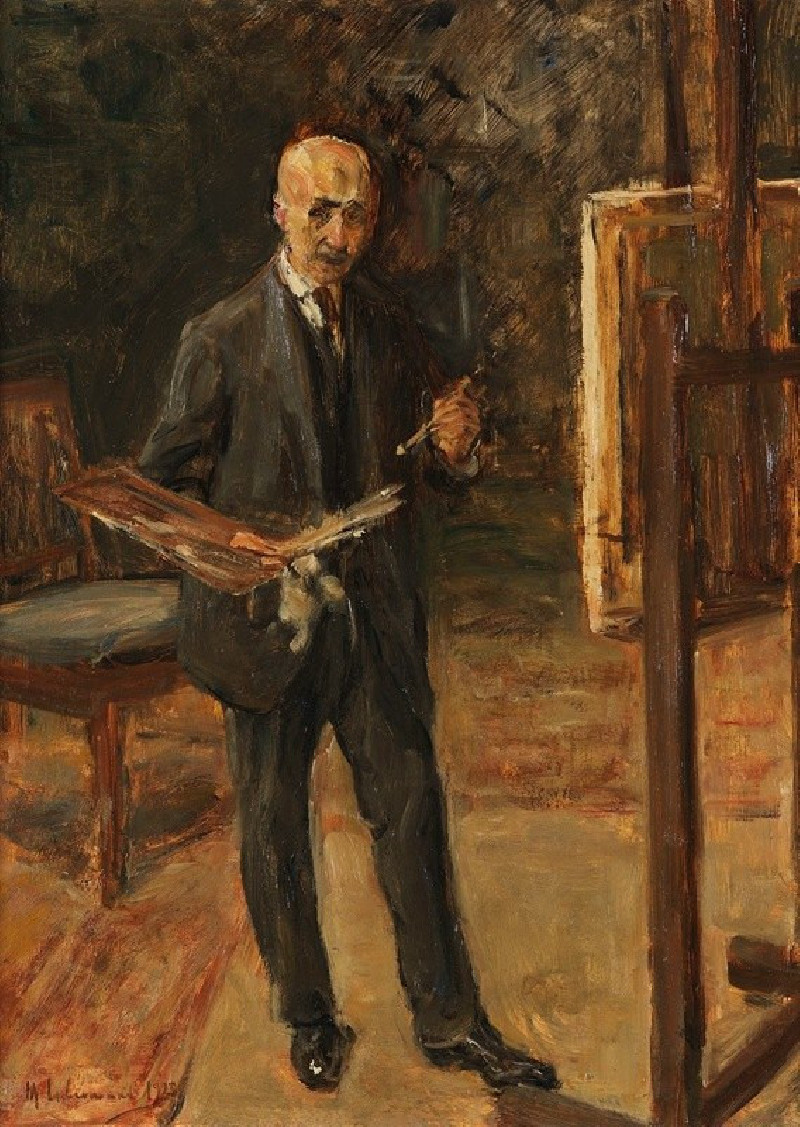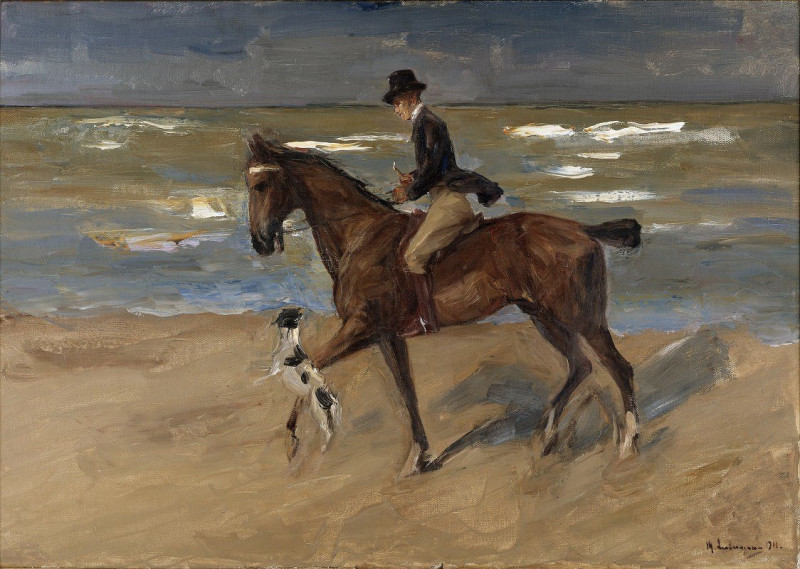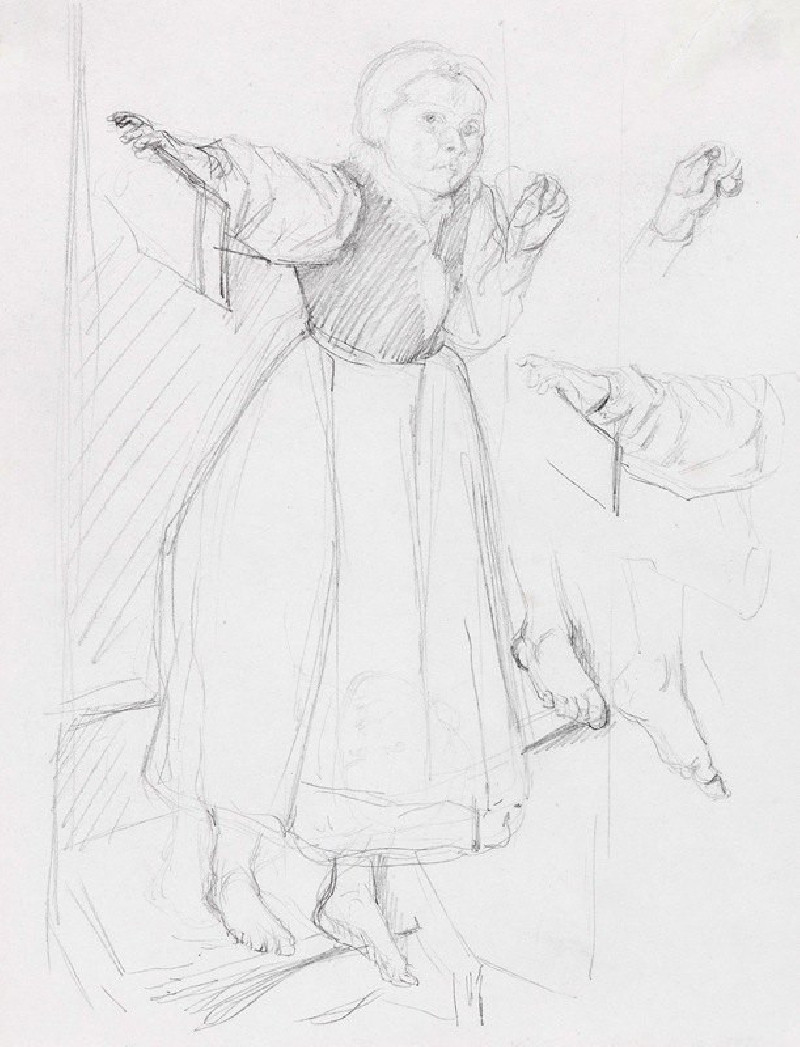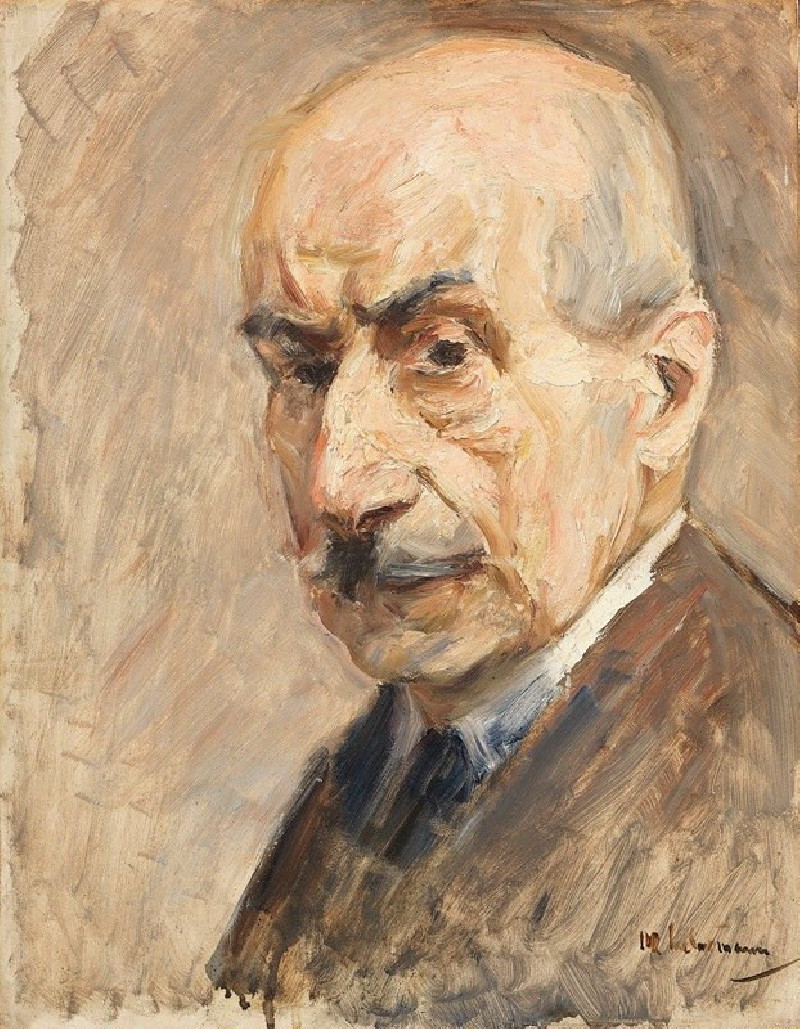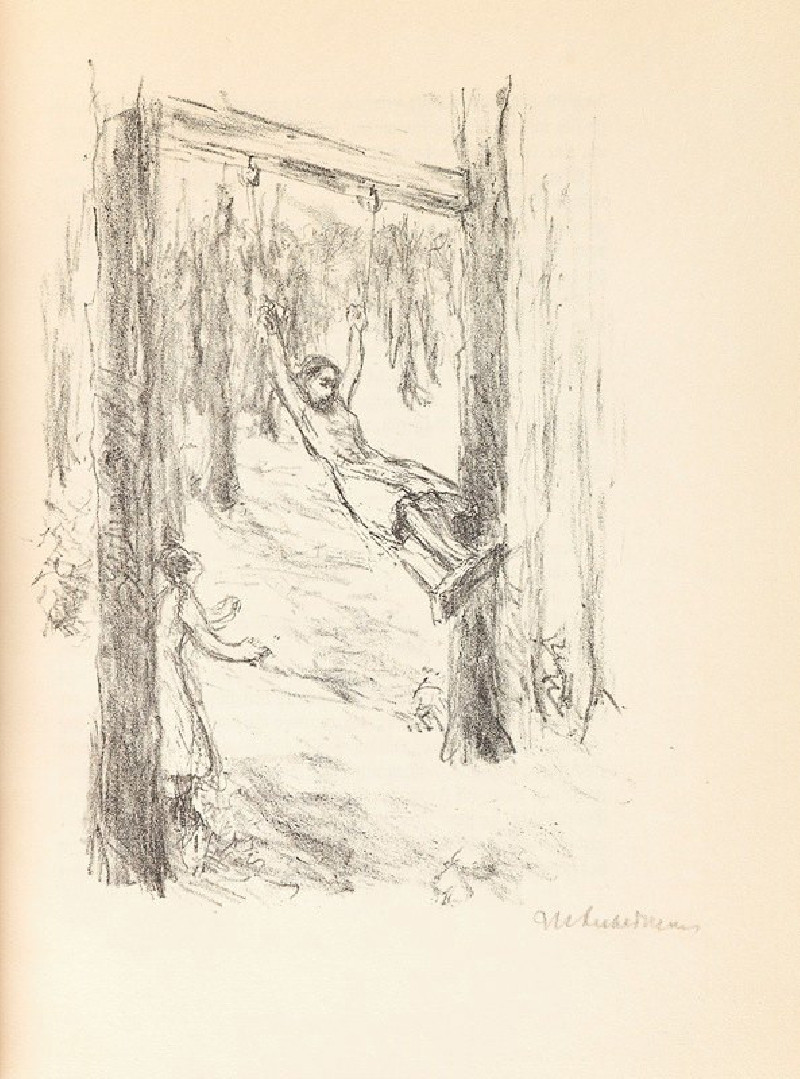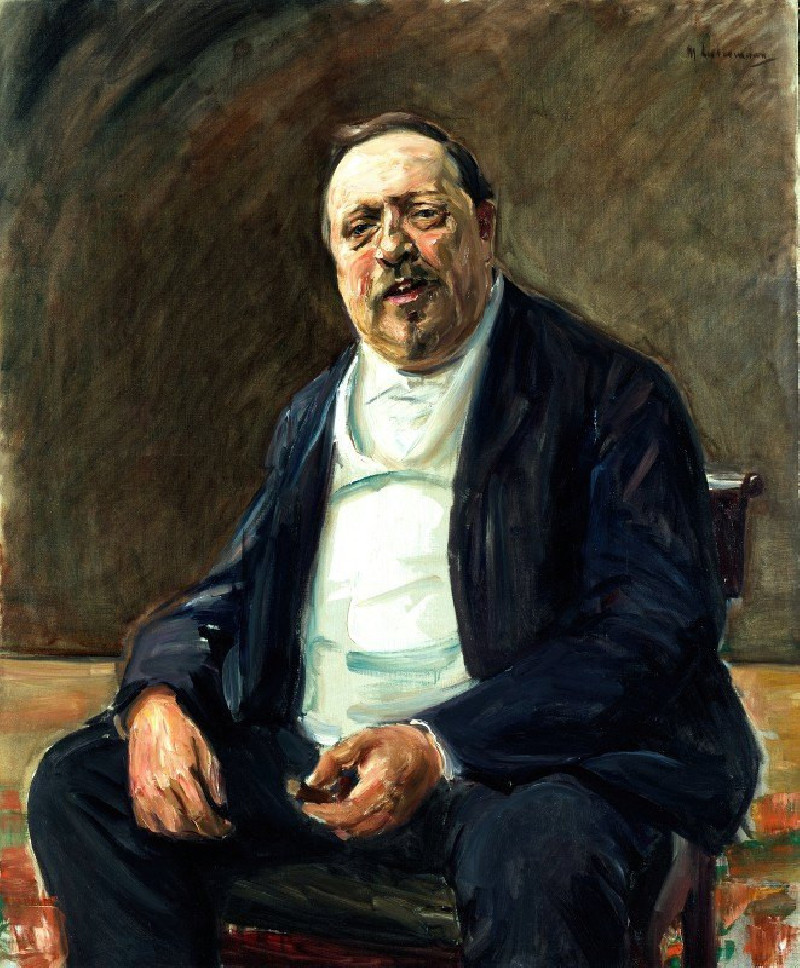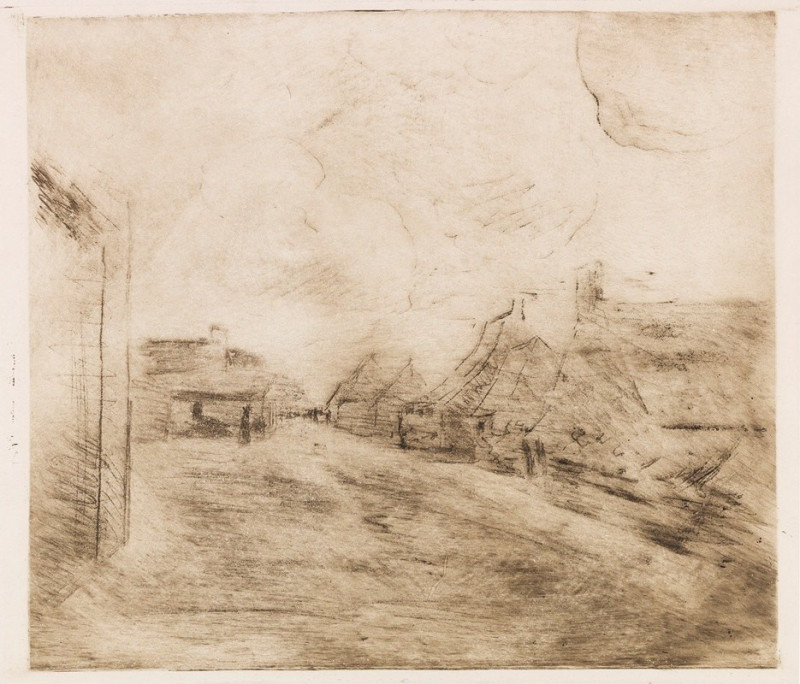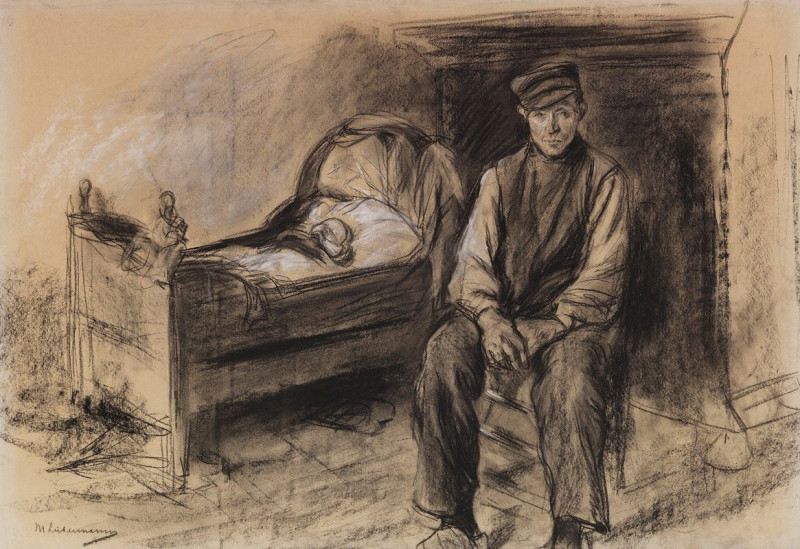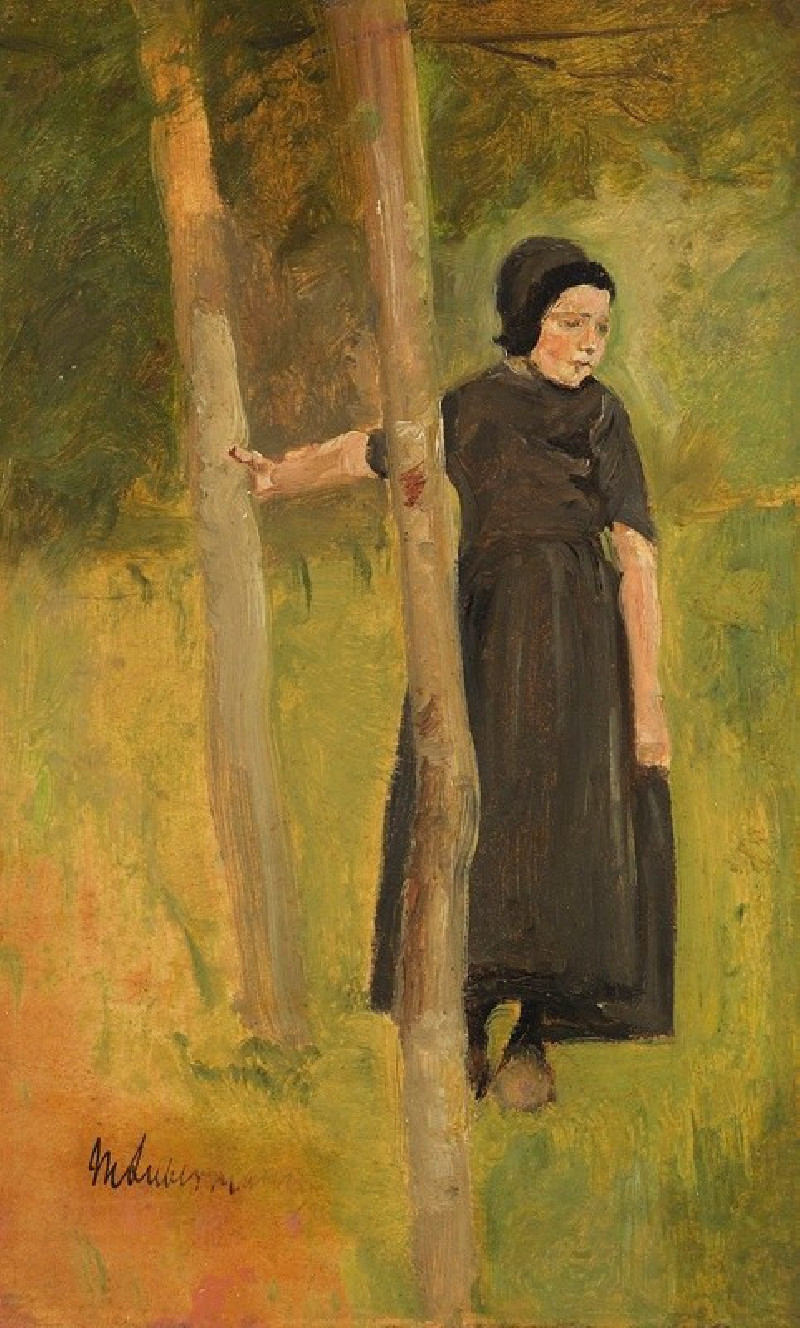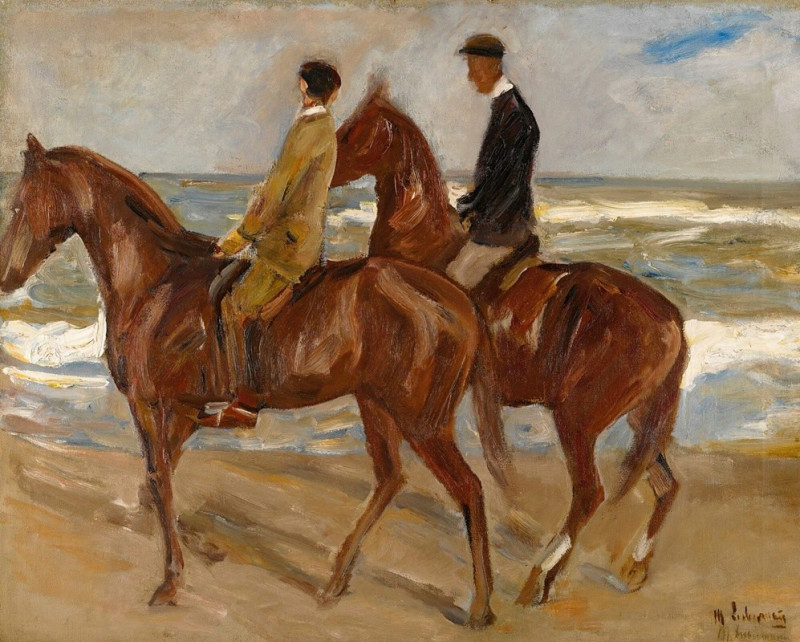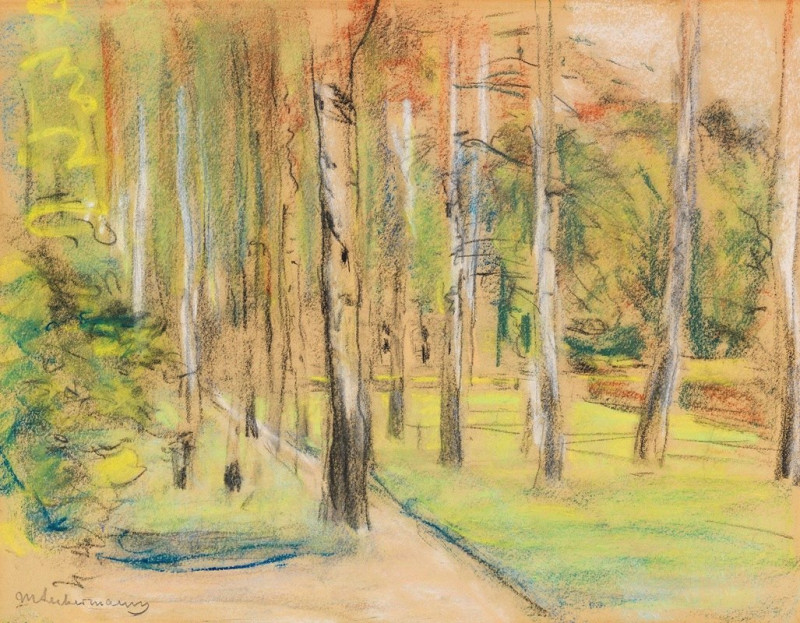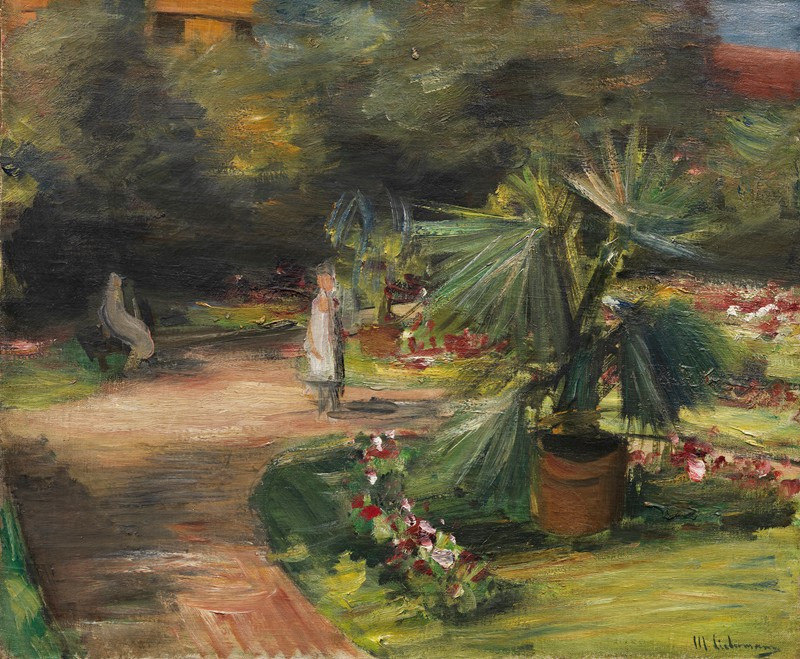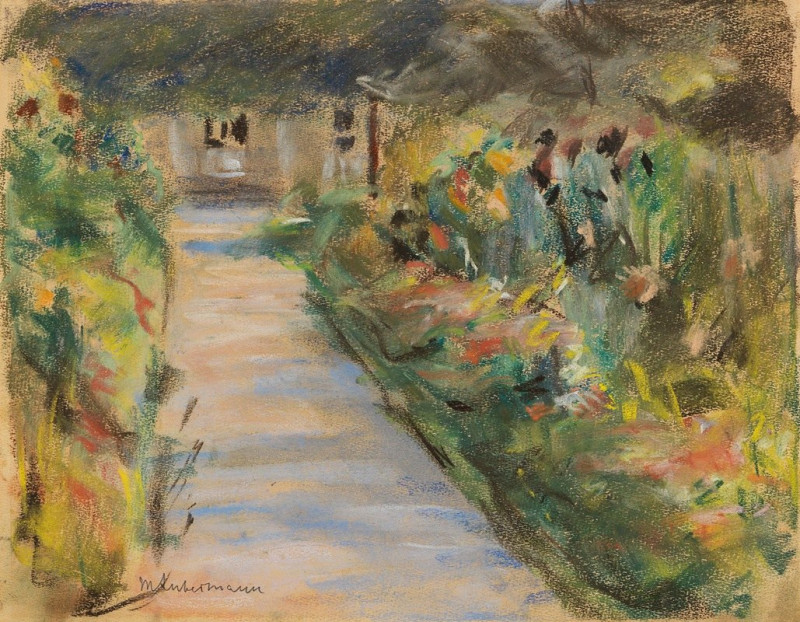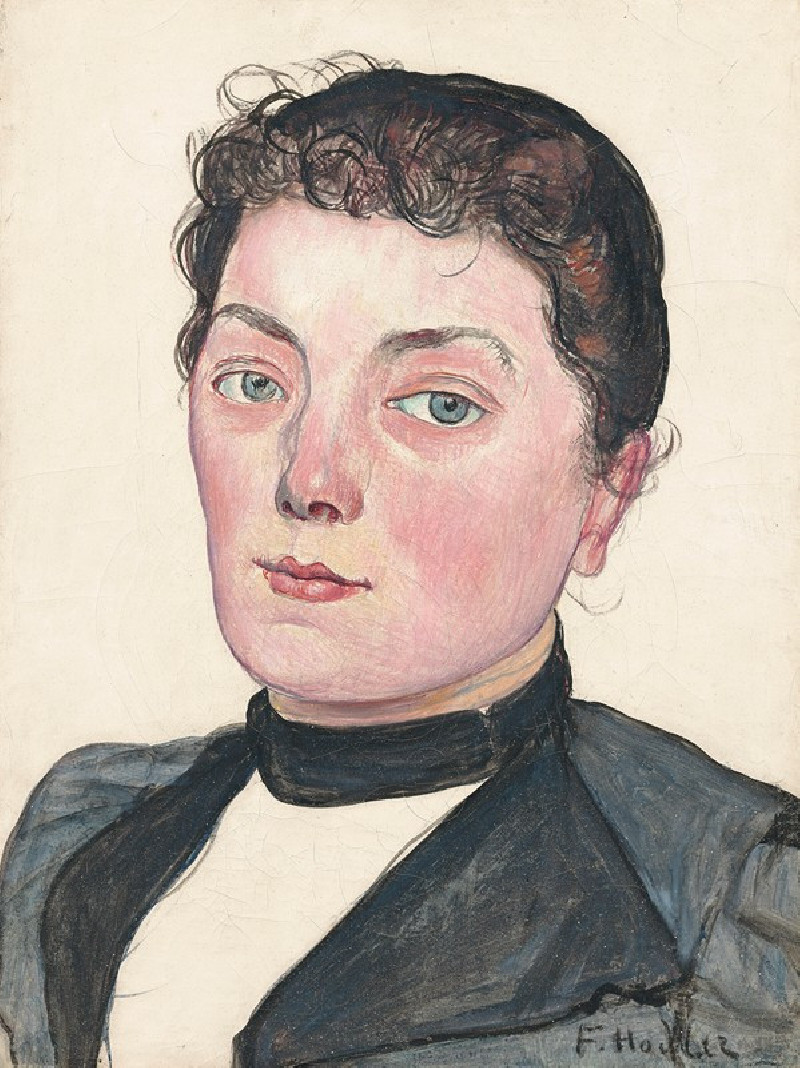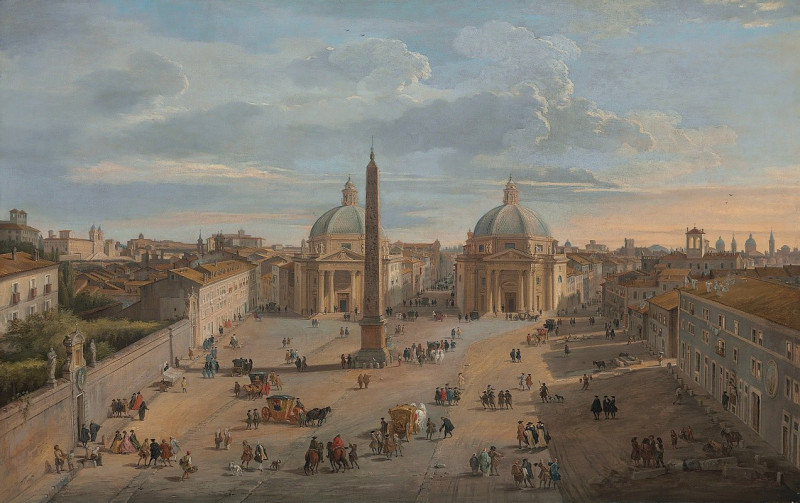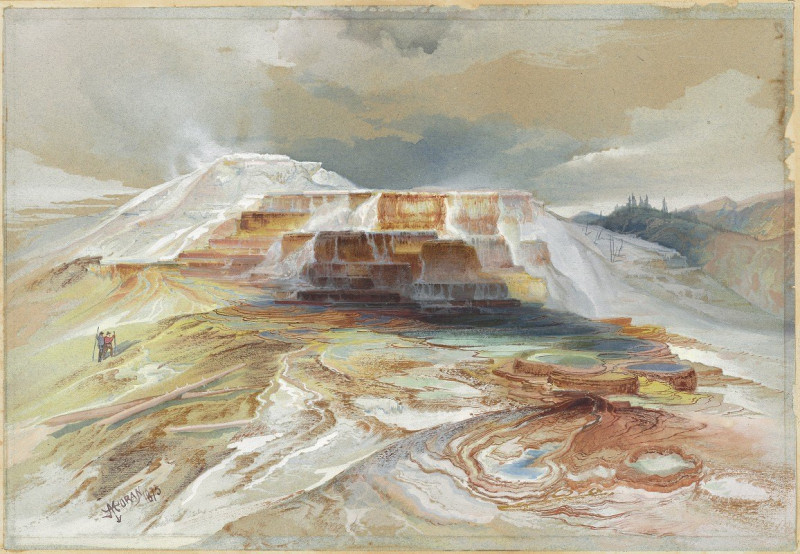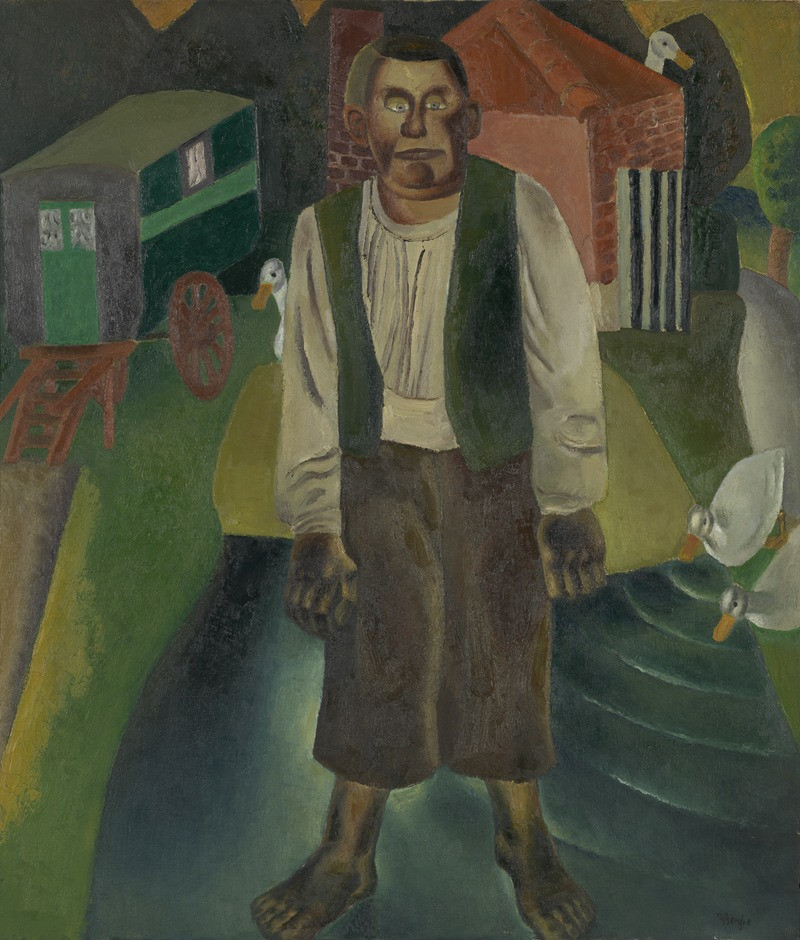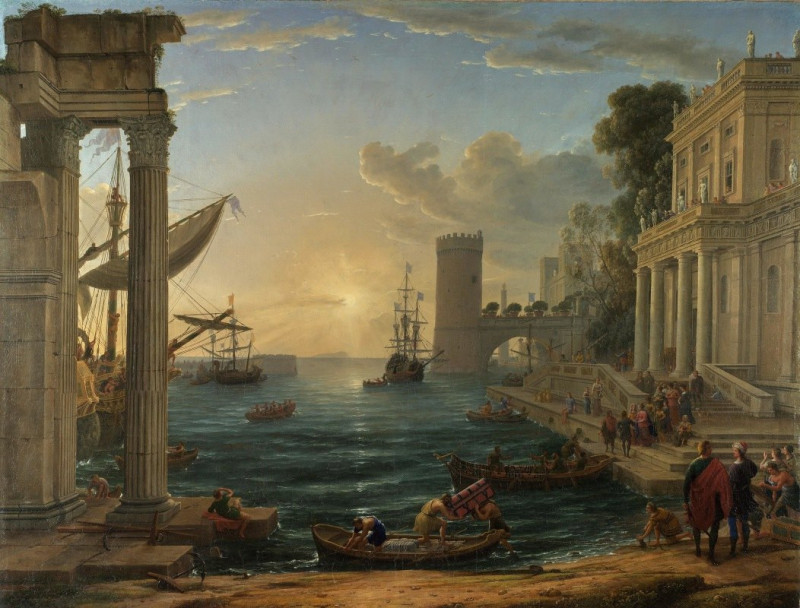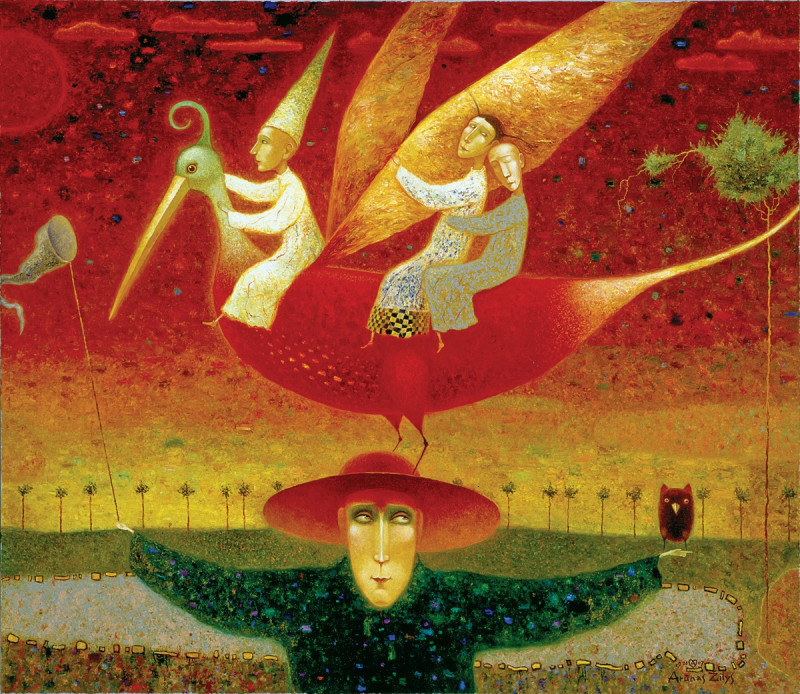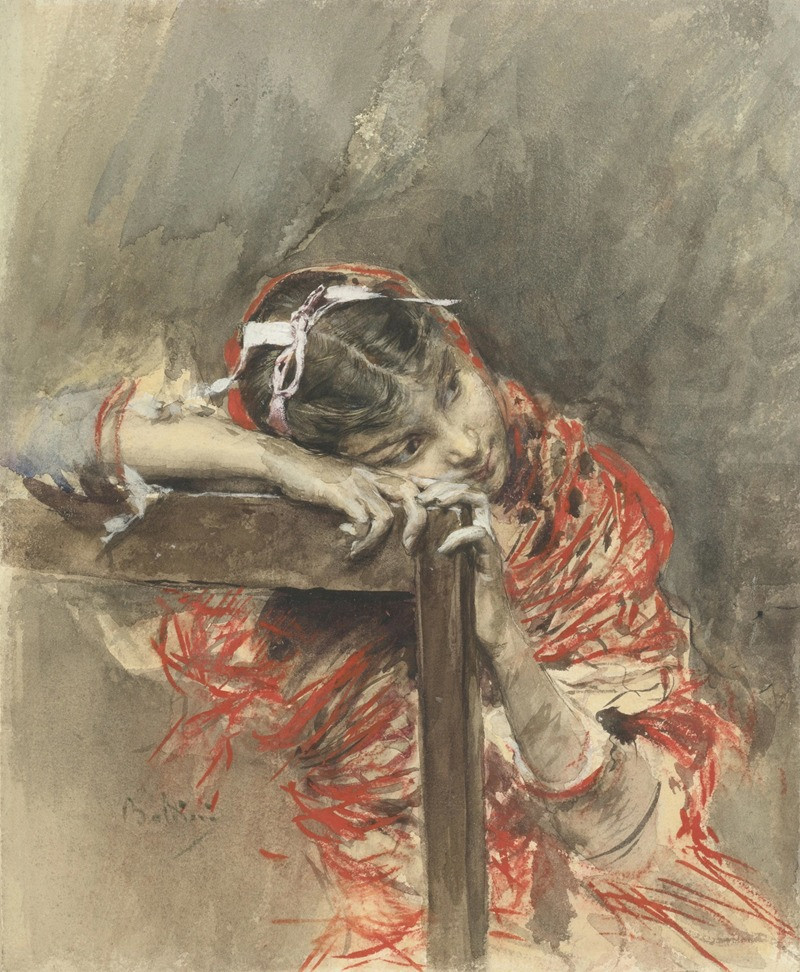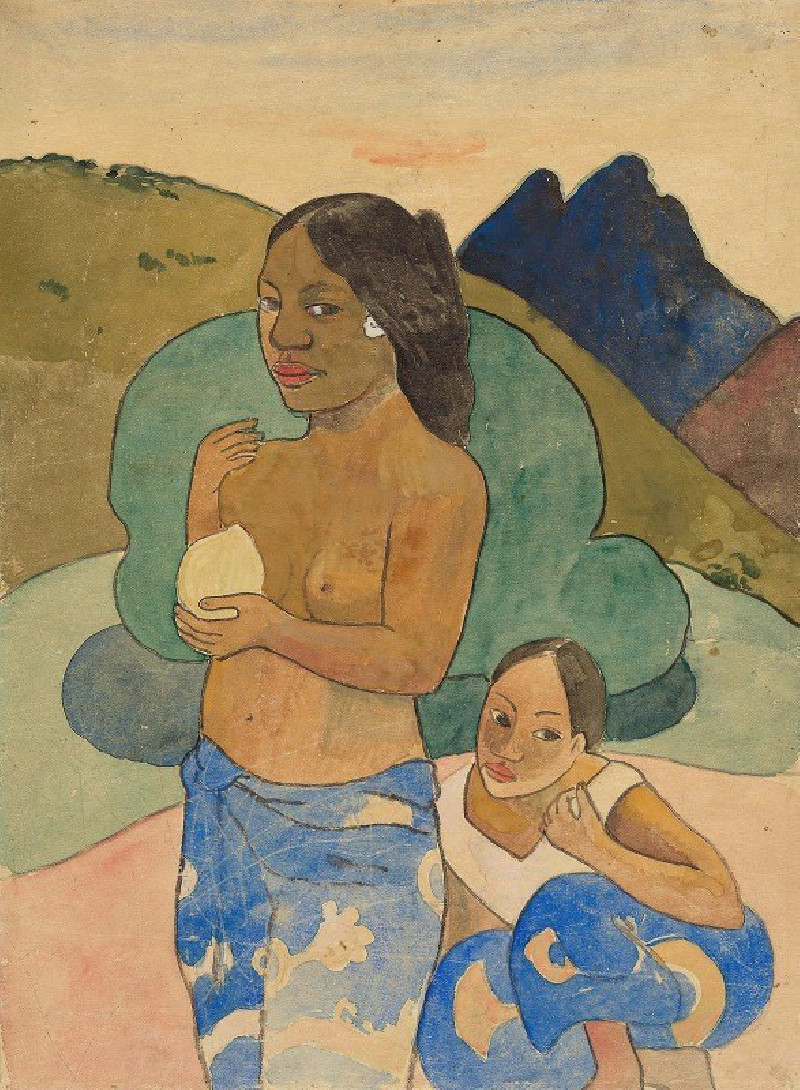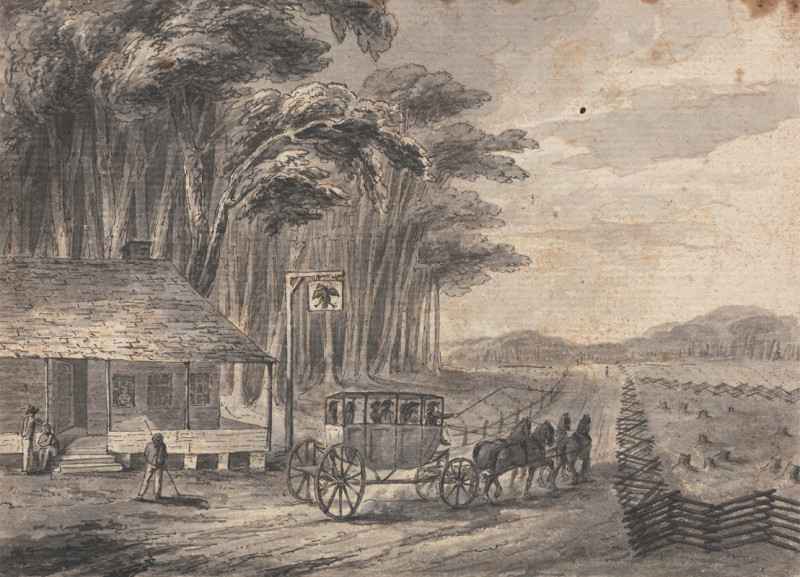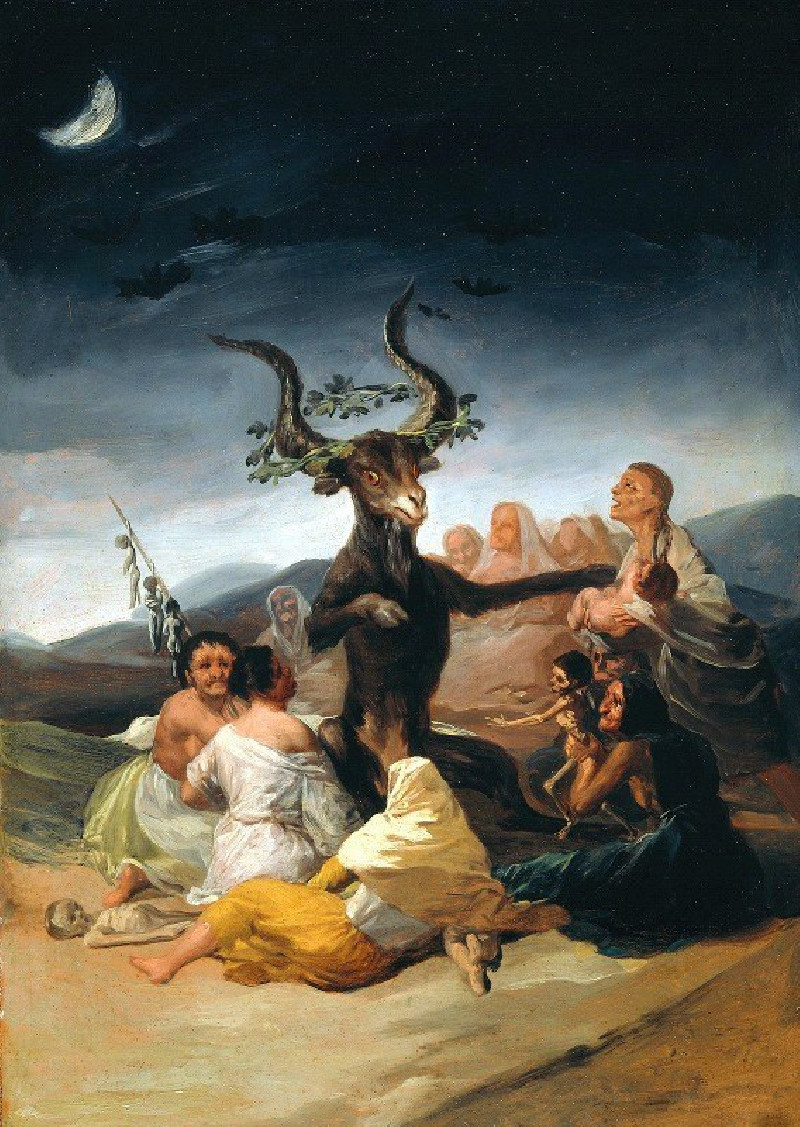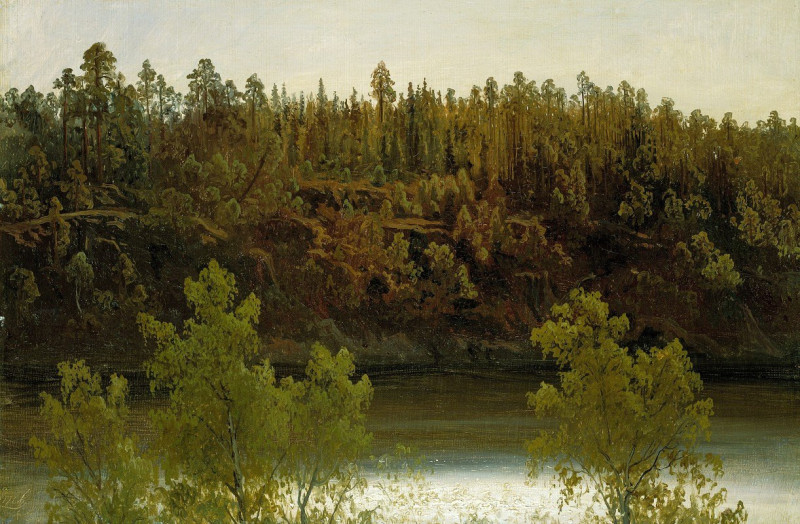Kleinkinderschule (1875)
Technique: Giclée quality print
Recommended by our customers
More about this artwork
Dive into the world of late 19th-century childhood with Max Liebermann’s "Kleinkinderschule," a captivating painting that captures a moment in a young children’s classroom. This piece, dating from 1875, embodies Liebermann's adeptness in portraying the simplicity and innocence of everyday life.In this artwork, the viewer is taken inside a humble classroom setting where a group of young children are engaged in various activities under the watchful eyes of their caregivers. The scene is bustling with the quiet energy of children sitting on the floor, some in engaged conversation, while others are absorbed in their own thoughts and activities. The lighting, focus on gentle movements, and soft pastel tones evoke a sense of warmth and calmness.Two figures, presumably teachers or caretakers, oversee the children. One carefully feeds a young child, symbolizing care and nourishment, while the other, engrossed in sewing, represents the diligence and multitasking required in such nurturing roles. The interaction between the children and their caregivers provides a glimpse into the nurturing educational practices of the era.Max Liebermann, a pioneer of German Impressionism, uses loose brush strokes and a subdued palette to depict not just the physical setting, but also the emotional landscape of the characters in his painting. "Kleinkinderschule" not only showcases his technical prowess but also his ability to convey profound narratives through everyday scenes.
Delivery
Returns
Max Liebermann was a German painter and printmaker of Ashkenazi Jewish ancestry, and one of the leading proponents of Impressionism in Germany.
The son of a Jewish fabric manufacturer turned banker from Berlin, Liebermann grew up in an imposing town house alongside the Brandenburg Gate.
He first studied law and philosophy at the University of Berlin, but later studied painting and drawing in Weimar in 1869, in Paris in 1872, and in the Netherlands in 1876–77.

